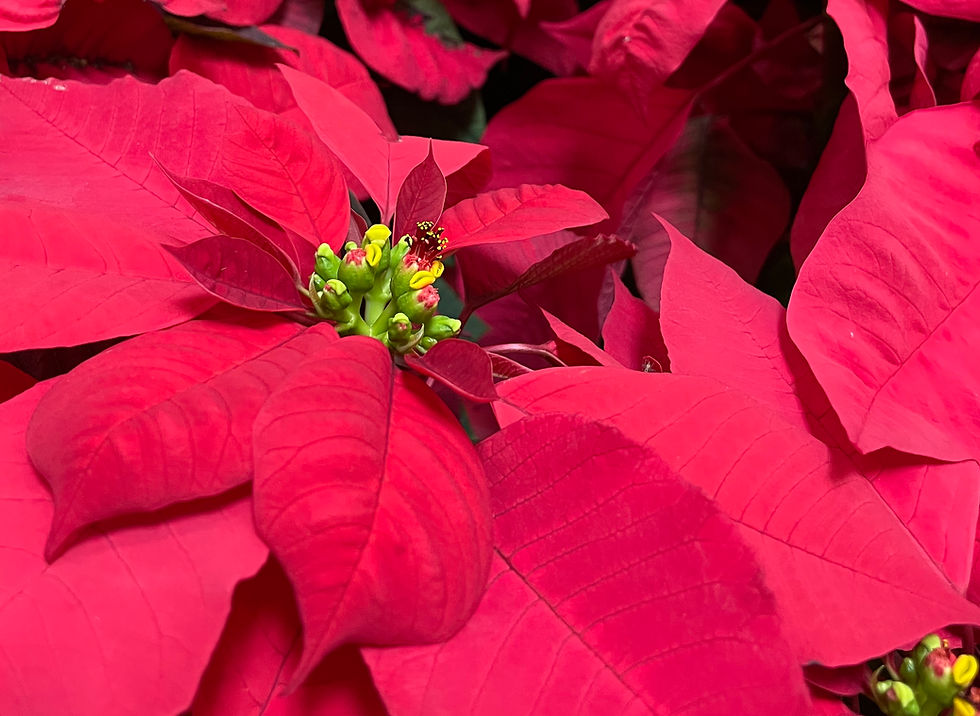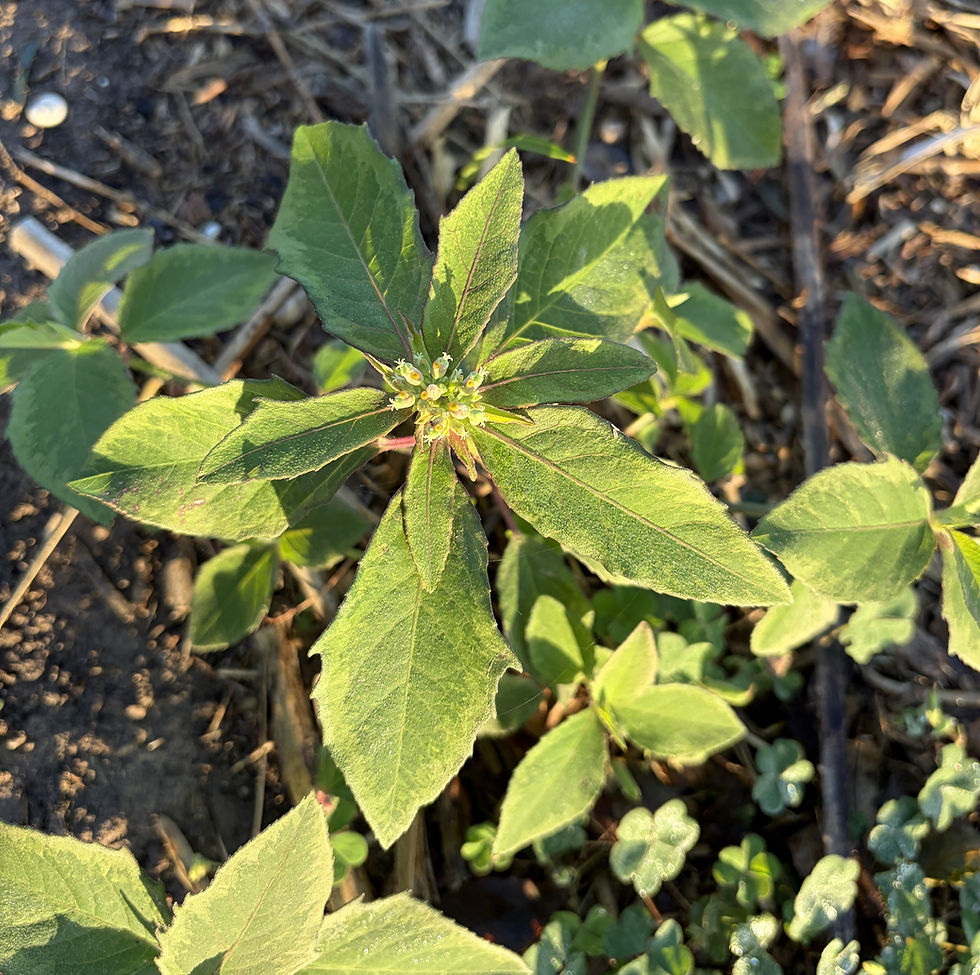What is a Poop Moth?
- Joseph Connors

- Jul 3, 2023
- 3 min read
Updated: Jul 19
Poop mimicry is an effective survival strategy found across many taxa, from insects to amphibians to reptiles. Often referred to as fecal mimicry or bird-dropping mimicry, the pattern adaptation allows species to effectively disguise themselves from predators in plain sight.
While they aren't the only moths to do this, many examples of this strategy can be found in the Tribe Acontiini, a diverse group of moths in the family Noctuidae. BugGuide says the tribe contains over 87 species in North America. Many of them share a common survival strategy. This camouflage pattern can deceive predators into thinking they are unappetizing excrement.
The common species of dropping mimic moths in the Rio Grande Valley include:
Exposed Bird Dropping Moth (Tarache aprica)
Four-patched Bird-dropping Moth (Tarache quadriplaga)
Spotted Spragueia (Spragueia guttata)
Chalky Bird Dropping Moth (Acontia cretata)
Spragueia jaguaralis
Olive-shaded Bird-dropping Moth (Ponometia candefacta)
Polished Bird-dropping Moth (Tarache expolita)
Pretty Bird-Dropping Moth (Ponometia venustula)
Eusceptis flavifrimbriata
Some really creative names in there. The species are listed in order of frequency of my observations and others' on iNaturalist in the RGV. I still have a hard time telling the first two species apart. In the bottom half of the list, some I have only seen a couple times. That last one with no common name, I have yet to see. I had to borrow that photo from Anita Westervelt. That species appears to be more common towards Brownsville and is not found north of the Valley. I just read their host plant is Turk's Cap (Malvaviscus arboreus) so I should have lots of them. Maybe someday they will find my yard.
Some of these moths look more poopy than others. But looking at other poop mimic taxa, I realized there are plenty of poop varieties to mimic. Maybe Spragueia match some orange fruity squirts. Of course, evolution does what works and it doesn't actually know what poop looks like. Some in the tribe don't look at all poop like to me though. The Pretty Bird-Dropping is more pretty than poo. Another, the Half-yellow Moth (Ponometia semiflava) didn't even make my list. That one just looks like a smaller yellow edible moth.
Poop mimicry is an example of how natural selection can favor individuals with beneficial traits. Moths with more accurate poop mimicry don't get eaten as often so are more likely to pass on their genes to the next generation. Which is your favorite poop?
Moth Week is coming up at the end of the month, July 22-30, 2023. Here are the moth nights I know of:
Quinta Mazatlan
Saturday, July 22 at 9pm to 12am
Bentsen State Park
Saturday, July 22 at 8pm to 9:00pm
South Texas Ecotourism Center, Laguna Vista
Saturday, July 22, 6 pm to 12am
Estero Llano State Park
Wednesday, July 26 at 9pm to 11pm
TMN Moth Night Field Trip
Saturday, July 29 from 8:30pm to 12am
You don't have to stay for the whole night. Mothing is usually pretty laid back. There will likely be a short presentation at the beginning for the State Parks and I will give one at our Chapter Moth Night. As we find things, staff, volunteers, and other visitors will talk about them so they will all be educational. Even though it has been hot and dry, over 200 moth species were reported on iNaturalist in the RGV last month. Don't forget to bring a flashlight.























